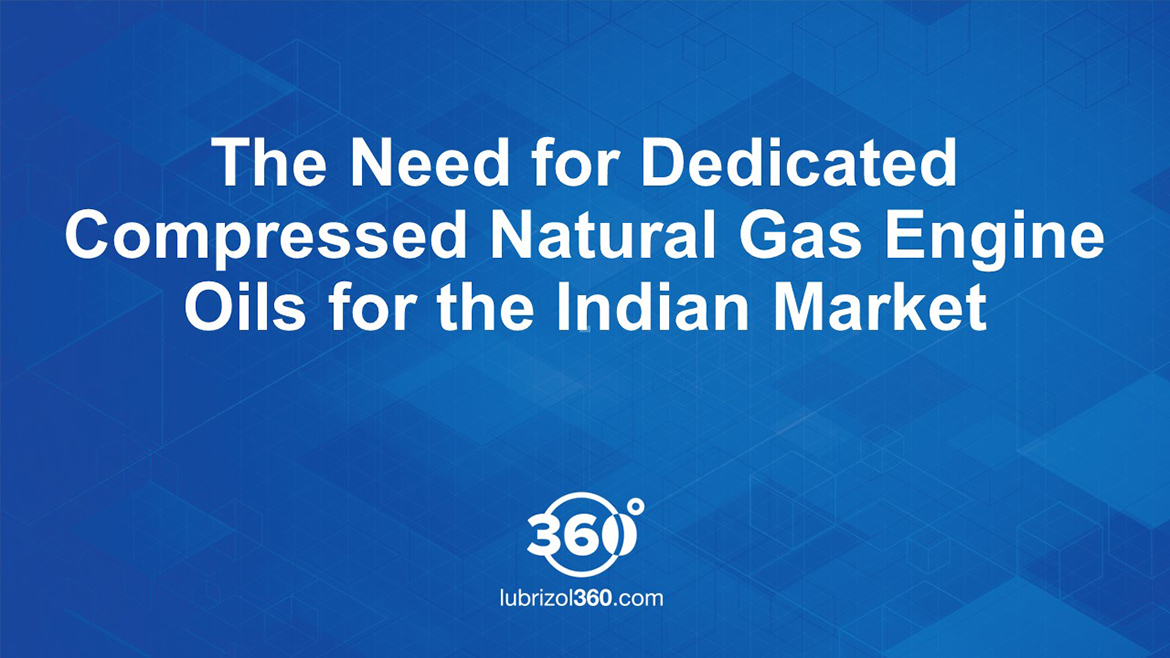Aug 20, 2020
Posted by Mark Wilkes, Global Business Manager - Small Engine Oils
This article highlights the key takeaways from our recent webinar, New Requirements for Motorcycle Lubricants, part of our Lubrizol360 Webinar Series featuring Lubrizol experts discussing important industry trends. You can view the full webinar and register for upcoming webinars here.
The global motorcycle market is growing at a rapid pace, and with that growth comes new opportunities for oil and lubricants marketers.
This growth has primarily been centered in the Asia-Pacific and Latin America regions, where rising disposable incomes and a growing need for affordable and convenient transportation have driven wider adoption of two-wheeled vehicles. Scooters, in particular, are now a rapidly growing subsegment of the overall global motorcycle market, with operational simplicity and ease of access driving increased adoption around the world. The global COVID-19 pandemic has also brought with it a new interest in the two-wheeled segment. With social distancing likely to become the new normal for the foreseeable future, increases in working from home and a shift away from trains and buses, it’s reasonable to expect that consumers may seek convenient and efficient scooter or motorcycle as a cost effective and socially distanced personal transportation option.
So… how can oil and lubricants marketers capitalize on this trend? Here are a few market drivers to consider:
Motorcycles need dedicated chemistry. Like any consumer vehicle, end users want high performance and long-term reliability in their scooters and motorcycles. The right lubricants are a big part of this equation.
Motorcycle operating conditions are significantly different from passenger cars in a few ways. First, in motorcycles just one oil lubricates not only the engine: but also the clutch and gears. Second, bikes can run relatively hot and at much higher speeds, in many cases relying primarily on air/oil cooling. These severe operating conditions mean that dedicated motorcycle oils must have specialized performance attributes and are ideally formulated with specialized chemistry, that helps protect the hardware and helps it operate at its full potential.
Unfortunately, it’s relatively common for bikes to be serviced with conventional passenger car engine oil, which can lead to undesirable performance issues such as clutch slip, gear pitting and higher levels of engine deposits. These oil performance issues can respectively lead to power loss, increased noise, overheating and ultimately hardware failure. Dedicated motorcycle lubricants, by contrast, are formulated with the right combination and balance of components such as friction modifiers, gear boosters and special detergents that protect against these potential problems, leading to longer hardware and engine life along with a better, more consistent overall riding experience.
Motorcycle hardware technology is evolving. Like many other forms of engine technology, motorcycle engines are evolving rapidly in order to meet new major emissions upgrades that are already coming into effect. For example, Euro 5 and Bharat Stage VI (BS-VI), which govern emissions in vehicles throughout Europe and India, have set new aligned norms that will in turn drive hardware changes. In-use emissions conformity requirements—meaning that the engine needs to meet the appropriate level of emissions not just when it is new, but throughout its useful life— mean that there is now a new challenge to also deliver enhanced exhaust catalyst durability as an additional oil performance and formulating challenge.
As such, we are witnessing a shift towards port fuel injection (PFI) technology to increase motorcycle engine efficiency and higher power densities, and now commonly the use of more efficient three-way catalysts to limit emissions. These changes require enhancement of some specific lubricant performance properties. For example, PFI engines will require higher levels of piston cleanliness performance and a need for improved oxidative and thermal stability. Maximizing the durability of three-way catalysts, meanwhile, will ideally require moving to lower phosphorus (lower SAPS) formulations in engine oils, and the use of special anti-wear components to maximize catalyst compatibility.
These changes are happening today. However, the current industry standard that guides performance levels for motorcycle lubricants—JASO T903:2016— can limit oil formulating options to meet the needs of modern motorcycle hardware. The JASO specification covers a wide range of crankcase performance levels and moreover lacks a standardized gear pitting protection and fuel efficiency tests, relying instead on physical and chemical limits to ensure durability performance. New performance tests to allow replacement of these physical and chemical limits are key to enabling the next generation of high fuel efficiency, low SAPS catalyst compatible lubricants that current modern and future bikes will require.
The next upgrade to the JASO specification, (which is expected in 2021or thereafter), presents a new opportunity for the lubricants industry to help enable next-generation oil performance in modern motorcycle hardware. These changes could potentially deliver several benefits, including improved durability, efficiency and catalyst life. Above all – it would be a key opportunity to retain the JASO specification as a key global standard, without shich it is likely that many OEMs will need to develop in house specifications and standards for their own hardware to ensure they have the right oils to meet their needs, resulting in increased specification complexity in the motorcycle oil market.
Our View
Our industry needs to advocate for these changes as the global motorcycle market continues its growth. It’s an opportunity for us to deliver greater value by delivering higher-performance lubricants that enable more efficient motorcycles—and it will benefit the entire value chain.
For more information on next-generation motorcycle lubricants, contact your Lubrizol representative, and watch the whole webinar here.



.jpg?h=658&w=1170&la=en&hash=1AEFFE4F0D96D91AD1D573C5986A3D30)


.jpg?h=658&w=1170&la=en&hash=F051DD2E78BEB30AA9C87A6F3D2BB06D)
.jpg?h=658&w=1170&la=en&hash=2DEEF13172DE3CF243E21672AE444A02)

